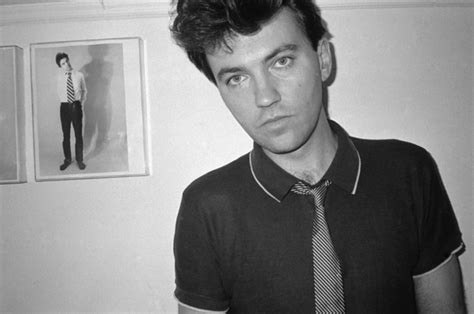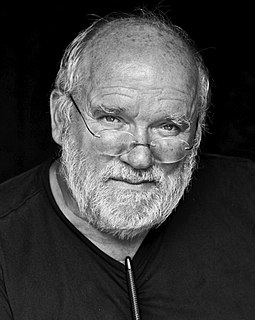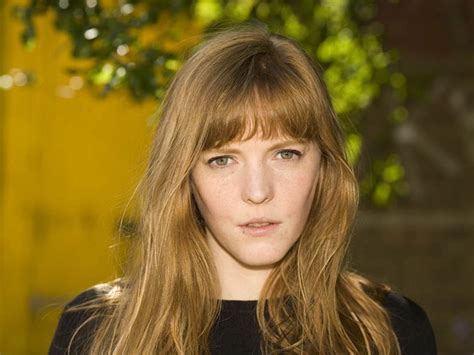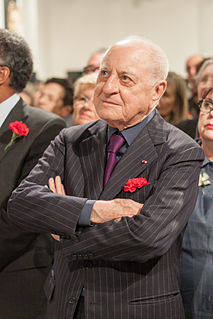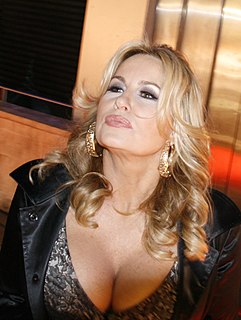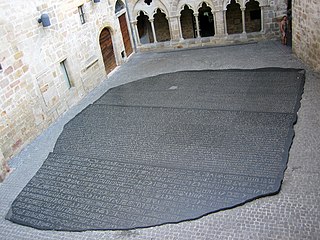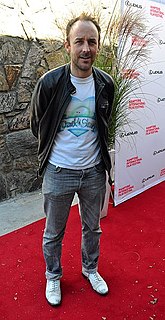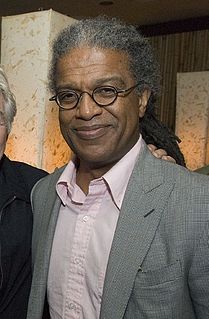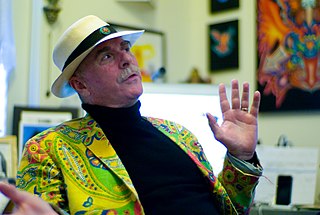A Quote by Jerry Saltz
A saboteur in the house of art and a comedienne in the house of art theory, Lawler has spent three decades documenting the secret life of art. Functioning as a kind of one-woman CSI unit, she has photographed pictures and objects in collectors' homes, in galleries, on the walls of auction houses, and off the walls, in museum storage.
Related Quotes
I think what happened in the last 10 or 15 years in the art market is that all the players - and that includes artists, dealers, art advisors, everyone - basically became dealers. We've had old-school collectors morph into speculators, flipping works. We've seen auction houses buying works directly from artists or from sleazy middlemen. The last step before the crash was the artists themselves supplying the auction houses. Dealing themselves, you know? The art world is as unregulated as any financial market there is.
I don't collect art at all. I'm fascinated by art. I receive a lot of presents. My house is full of things, but I am not a collector; it's just that people I work for, and friends, give me a lot of things. There are pictures all over the walls, sculptures, mobiles and paintings. I am embarrassed because I wonder what I should do with them.
What strikes me is the fact that in our society, art has become something which is related only to objects and not to individuals, or to life. That art is something which is specialized or which is done by experts who are artists. But couldn't everyone's life become a work of art? Why should the lamp or the house be an art object, but not our life?
but art is not relative to perfection in any tangible sense. It is our coarse antennae trembling blindly as it traces the form of Origin, tastes the ephemeral glue welding us, yearning after the secret of ineluctable evolution, and wonders what this transformation will mean. In my mind, here was the best kind of art-the kind hoarded by rich and jealous collectors in their locked galleries; hidden from the eyes of the heathen masses, waiting to be shared with the ripe few
When objects are presented within the context of art (and until recently objects always have been used) they are as eligible for aesthetic consideration as are any objects in the world, and an aesthetic consideration of an object existing in the realm of art means that the object's existence or functioning in an art context is irrelevant to the aesthetic judgment.

